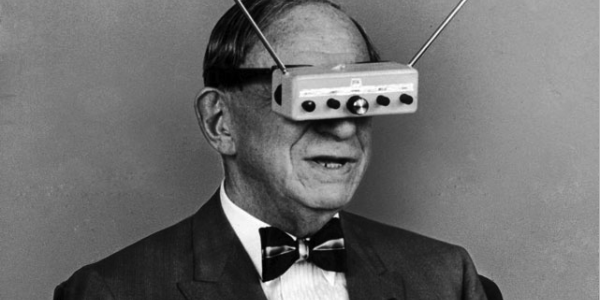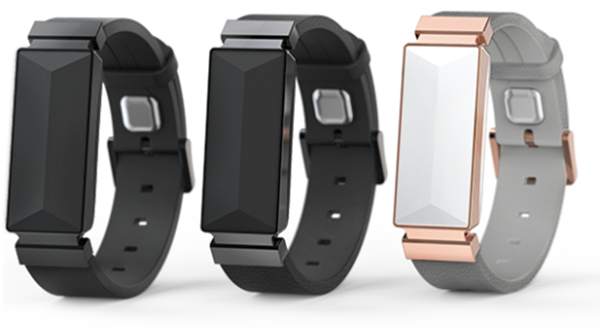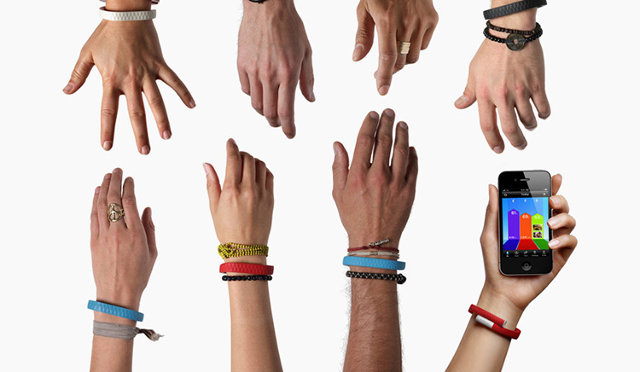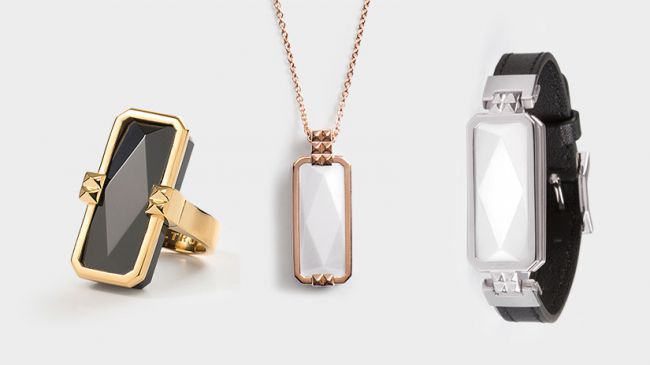Zenta to Wearables Market: You’re Doing it Wrong
Tech September 28, 2022 Damon Mitchell

According to Vinaya, the folks behind of the newest wearable crowdsourcing project on Indiegogo, Zenta, the current standards for wearables are missing something critical: feelings.
The ability to identifying feelings isn’t quite artificial intelligence, not yet, but perhaps it’s one step closer. Maybe wearables are how we are going to understand the myriad of inputs and outputs of the human condition. Maybe that’s a rabbit hole we’ll not dive into right now…
The Vinaya brand is a proven brand with a successful track record, and Zenta is a sound theory that is definitely different from the other wearables on the market.
Proven Brand
“ZENTA was designed to help you monitor your physical health, as well as understand your own behavioral patterns and emotions, so you can design your life in a way that makes the most sense for you.” -Kate Unsworth, CEO Vinaya
Vinaya is not new to Body Hacks. We’ve featured them here, and here. They make the Altrius ring, which is pretty sexy, but also successful.
Despite being an iOS-only device at the outset (they’re working on an Android app) they’ve done well enough to stay afloat in a tough market; well enough to campaign for a new product. In a world of promised wearables-cum-vaporware, this is a good metric for success.
Sound Theory
The concept is simple: the body provides a road map for measuring our emotions. The Zenta simply reads those outputs, runs them through its software algorithms, then tells you what it’s noticing.
The team at Vitaya plans to take Zenta to the next level, teaching it to help wearers with identifying stresses and solve for them as they go.
Specifically, Zenta measures variations in your heart rate, respiration, perspiration, physical activity, and other indicators of your emotions state. It will even sync with your calendar, taking your location and notification data into account.
As you experience stress, your body tells the device, then Zenta will tell you what it is observing. It’s only one robot away from an AI that does the same thing, right?
Definitely Different
In more ways than just metrics, the Zenta offers a unique experience to prospective users. Zeta is probably the only wearable that proposes to help you breathe, through interactive breathing exercises.
The general design of most wearables appears have user tolerance in mind. Nobody looks at their plastic wearable thinking, “I just can’t wait to wear that thing,” not after the first few days, at least.
Vinaya’s team doesn’t just want to make another wearable that you’ll tolerate. They want you to “love to wear” the Zenta, creating a device that not only looks good but works to help you every day.
Zenta even appears to be differently marketed than their first device. Where the Altrius was clearly intended for women, the campaign video for Zenta includes men wearing the device.
Vinaya is still a women-first company (bravo), but demonstrates they understand there is money left on the table.
Like most of the wearables we feature, the real question we always have is, would you wear one?




